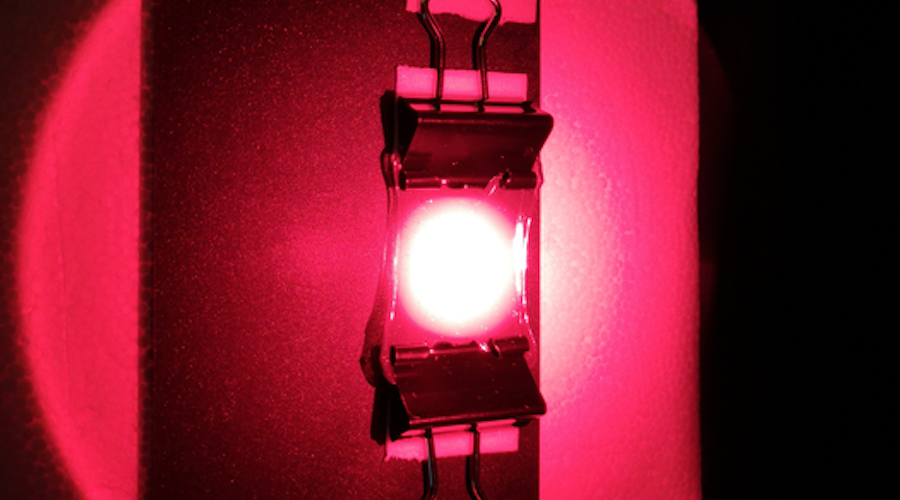
“DNA isn’t just an information carrier – it can also be a building block. We designed the DNA molecules to have a certain melting temperature, so we could basically program the material,” Joonas Ryssy, the study’s lead author, said in a media statement. “When the gel heats past the melting temperature, the DNA molecules loosen their grip and the gold nanocylinders change orientation. When the temperature drops, they tighten up again, and the nanoparticles go back to their original position.”
Ryssy and his colleagues tested several custom DNA molecules with different melting temperatures to find the best response. With the current system, the technology can produce red and green lights. Once further work makes blue light transmission possible, this approach could be used to generate any colour by mixing red, green, and blue.
“The whole concept – the underlying philosophy behind the work – is to use simple methods, simple materials and simple tools to generate colours in a dynamic and reversible way,” Sesha Manuguri, co-author of the study, said.
For Manuguri, part of the elegance of the technique is that the gold nanocylinders accomplish both the necessary tasks. “The gold nanorods get hot when they’re lit, heating the gel, and they’re also responsible for colour formation. So, you don’t need separate heating elements,” he said.
With further development, this approach could be used to produce colour in different kinds of displays. Since the materials are all biocompatible, the solution could be ideal for displays on wearable sensor devices, but the technology could also be used in billboards or other displays.
“We’ve done the basic science to bring these building blocks together in a symbiotic manner to create something functional. Now it’s up to engineers to explore what kind of devices could be made,” Manuguri said.




